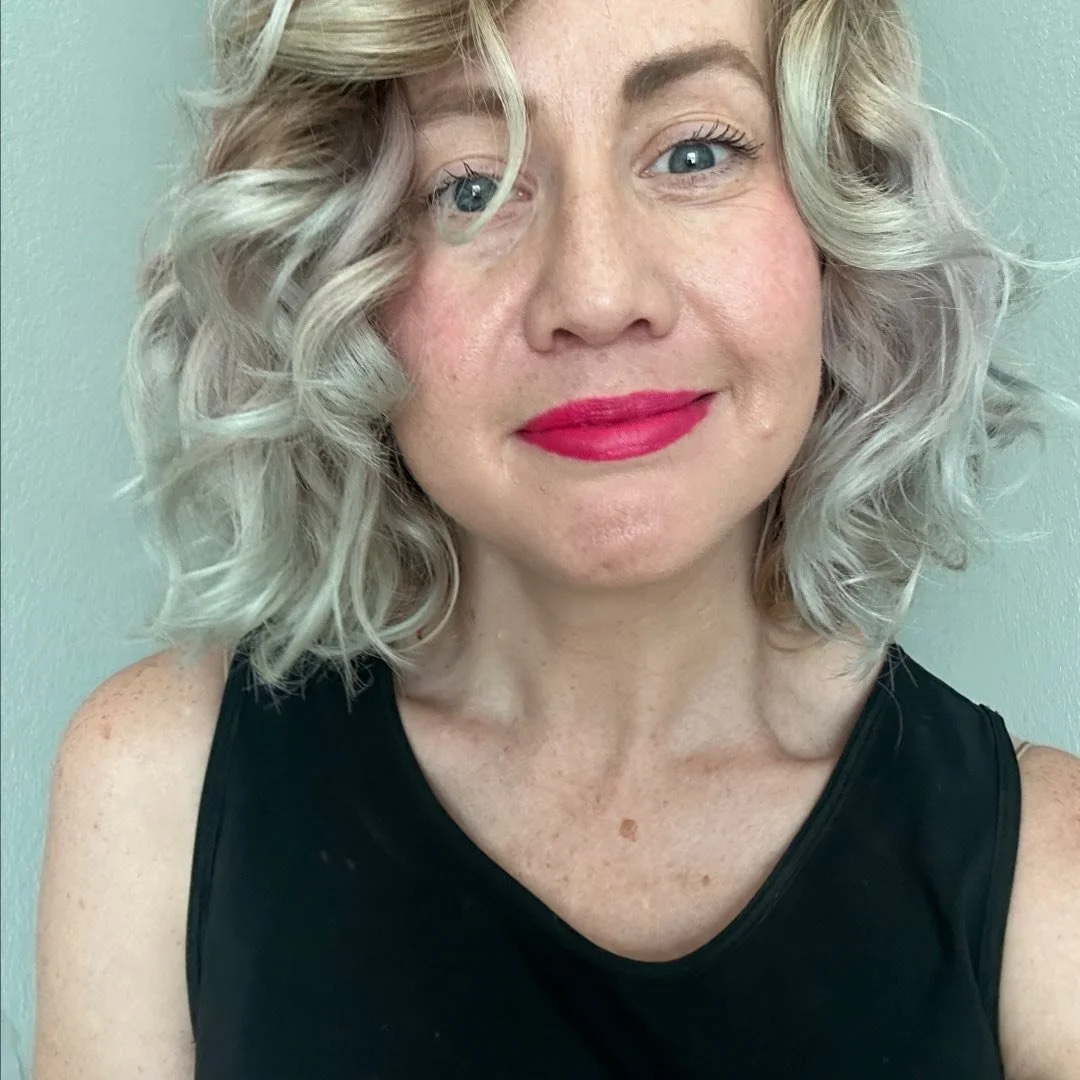
About Your NWA Massage Therapist
The name StrangeBird Bodywork is an acknowledgment of that nerdy kid at the front of the quiz bowl bus, an acknowledgment of all our inner weirdos. The recognition that there is a unique space in the world for us that only we can fill.
Hi, I’m Paige!
I am a licensed massage therapist certified in the Vodder Technique of Manual Lymphatic Drainage with advanced training in post-surgical care. I have a bachelor’s degree in psychology from Southern Arkansas University, home of the Muleriders. (Yep, it’s a thing.)
I am a neurodivergent Arkansas native, travel aficionado, and a maker of things (currently I’m in my quilting era, but check back in a couple weeks for my latest obsession). I have a soft spot for nature documentaries and my son; both have the capacity to surprise and delight.
Why Manual Lymphatic Drainage?
The thing that most excites me about Manual Lymphatic Drainage (MLD) is that it is a gentle yet powerful modality that works with the body’s own recycling processes of the lymphatic system. As a link between the cardiovascular system and the immune system, lymphatic work helps to increase your immunity while dealing with pain and swelling. The benefits of manual lymphatic drainage are clear: MLD promotes drainage of a fluid accumulated in the body, helps reduce scaring, and has a detoxifying effect all while relaxing your body and mind.
Manual Lymphatic Drainage uses light and rhythmic touch that mimics the body’s own natural processes in a personalized intentional way. MLD activates micro regions of the body’s sympathetic (“fight or flight”) nervous system to properly drain swelling while simultaneously activating the body’s overall parasympathetic (“rest and digest”) nervous system. This combination leads to a highly effective and very relaxing treatment.
The story behind the name
StrangeBird is about being willing to do something different. About claiming your status as an oddball. About doing the work you feel called to do although it’s well known. And about welcoming all those who feel “less than.”
As a kid I was an over-achieving book nerd who never really fit in. I was too quiet or too awkward or too weird. I went to a small rural school that appreciated sports and rodeos. I didn’t like to sweat and horses scared me.
But quiz bowl was fun.
College helped me learn that I can find my place with fellow, overachieving weirdos. But the career portion of my life eluded me. In the 20 years since graduating college, I have worked in or studied what feels like an entire gamut of careers: government, higher education, mental health, law, communications, marketing, and the arts.
Massage is the perfect venture for me. It combines my love of biological science with my inborn gift of nurturing touch. Massage has seen me through pain management of my own TMJ and the resulting facial reconstruction surgery that I had because of that condition.
My chosen specialty of manual lymphatic drainage dug even deeper into that inner nerd.
I’ve had the opportunity to specialize in an area of the body that lots of folks aren’t even fully aware of. (Fun fact: the scientific community didn’t even view the lymphatic system as its own thing until the 1990s.)
The name StrangeBird Bodywork is an acknowledgment of that nerdy kid at the front of the quiz bowl bus, an acknowledgment of all our inner weirdos. The recognition that there is a unique space in the world for us that only we can fill.
FAQs
-
At StrangeBird Bodywork we practice the Vodder method of Manual Lymphatic Drainage (MLD). This is a superficial (light-touch) manual therapy that focus on stimulating the lymph nodes and mimicking the body’s natural lymphatic processes. This treatment reduces swelling, scaring, and fibrotic tissue while promoting pain control.
Want to know more about the science? Read here.
-
Often called prehabilitation, pre-surgery manual lymphatic drainage is an option for clients who want to go into their upcoming procedure as healthy and strong as possible. Managing life with an upcoming surgery is stressful, these services are often great ways to combat through stress reduction and sleep improvement. The improved blood and lymph circulation supports tissue health. And this pre-surgery experience allows us to get to know you and your body which will establish a known baseline for post-surgical care.
-
Very light work can do done at soon as 24-48 hours post-surgery. However, every surgery, situation, and human are different. It is highly recommended that you have pre-surgery work (prehabilitation) done before your surgery so that the therapist knows your pre-surgery condition and normal range of motion.
The science suggests that the sooner that lymphatic work is started, the quicker the area can heal as well as the decrease in fibrosis.
Read here to learn more about the benefits of MLD post-surgery.
-
Your treatment is always going to depend on the specifics of your surgery and your medical history. With that in mind, the original post-surgical MLD treatments focus in “opening up” your main lymphatic collection areas: terminus (lower neck), axillary (armpit), and inguinal (upper leg) creases. Together we might activate your “deep collectors” (those in your abdomen) through a sequence of breathing exercises.
The goal of these initial sessions is to encourage the lymphatic system to do what its built to naturally do: the byproduct of this could be pain reduction and slight decrease in swelling.
Read on below to learn more about the after-effects.
-
Manual lymphatic drainage has the following benefits:
It boosts the body’s immune system and is a great way to activate your body’s natural disease fighters before it encounters the next virus making its way around the neighborhood.
It’s a natural detox. Though everyone results will differ, we’ve had clients who have left their treatments feeling as if they’d lost multiple pounds/ pants sizes to folks who sweated more in their next workout than they ever had before. Read on below for more on the after-effects.
For those who have just had an accident (vehicle, bike, regular clumsiness) MLD is a great way to remind your body how to speed up the healing process by reducing swelling and bruising.
For cyclist, weightlifters, runners, and workout enthusiasts of all sorts: MLD is a great post-workout recovery. Similar to the person who has experienced an accident or surgery, your amazing body has undergone a great amount of stress and micro muscle breakdown. An MLD treatment is a great way to get rid of the cellular debris and other waste (think lactic acid) that is no longer needed.
Relaxation matters.
-
At it’s essence, a Manual Lymphatic Drainage treatment is that of detoxification. Often clients mention that they experience, more urine or more sweat than they’re used to having. Some clients come out of the session feeling as if their pants are a couple sizes too large, because the micro-swelling that was sitting on top of their skin is now being processed within their bodies.
The downside to any detox is the possibility of feeling a little “hung over.” As adults we know that asking our bodies to work harder while not providing it with enough fluid is a sure recipe for not feeling so great.
We take pride in providing each client a wonderful experience even after we’ve worked with them which is why we have worked with a certified nutritionist to ensure that all clients are aware of the best hydration strategies for after their treatment.
-
Manual lymphatic drainage does “rev up” a healthy immune system. However, an infection means that your immune system is already “revved up.” The best thing we can do for our system during an infection is hydrate and rest. Once your infection is over is a great time to come in for an MLD treatment so that we can work with your body to address any remaining swelling and cellular debris.
Read here to learn more about the signs of an active infection.
-
The best answer addresses how Manual Lymphatic Drainage works. One of the main focuses of MLD is skin stretching, so skin unrestrained by outer wear or underwear is best. That being the case, we will never ask you to disrobe past your comfort level, partially because activating your parasympathetic (“rest and digest”) nervous system is integral in this type of work. We will always strive to do the most thorough work possible
-
We believe that all bodies are worthy of support and care. To provide bodies of all sizes a safe space, I use a massage table that is hydraulic and it goes as low as 18 inches in height. It is made to help those who support a range of body sizes and physical abilities.
Specifications of my massage table:
Dimensions: 73 x 32
Lift capacity: 600 pounds
ADA compliant
I am also in the testing phase of using a portable chair specifically for post-surgery house calls, that allows each client to feel more supported than they would on a flat portable massage table. Stay tuned for more details on that.
-
The short answer is this: If MLD (or any other manual therapy) continually tickles the client, the therapist is doing is wrong.
As a neurodivergent human, Paige is super aware of how touch that is too light can be more uncomfortable than a heavy pressure massage. Especially when the vulnerability inherent in a situation of being draped but unclothed in a dimly lit room with a stranger, in taken into consideration.
Like the answer to the “what should I wear” questions above, the best way to answer this goes back to the science of how it works: rhythmic skin stretching is the main goal of MLD treatment. As such, clients often remark that the treatment feels comforting in a way that they didn’t know that they needed. After the session some clients feels as if they were in a semi-conscious trance: Aware enough to carry on a conversation while being totally unaware of the passage of time.
Read here to learn more about why MLD is light but not creepy.
And click here to read how Paige addresses neurodiverse brains who prefer deep touch.





